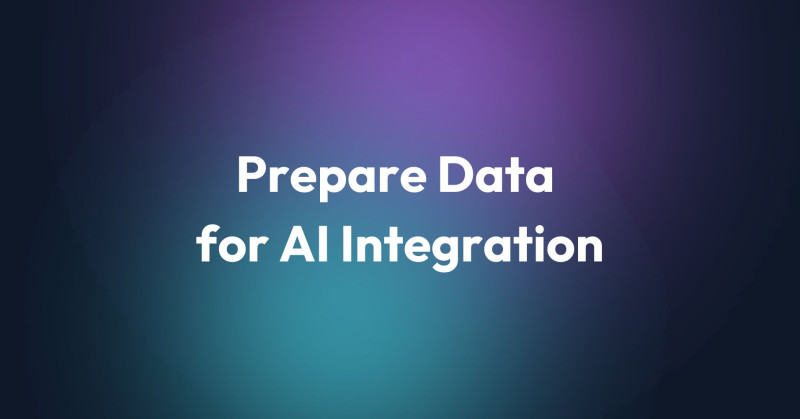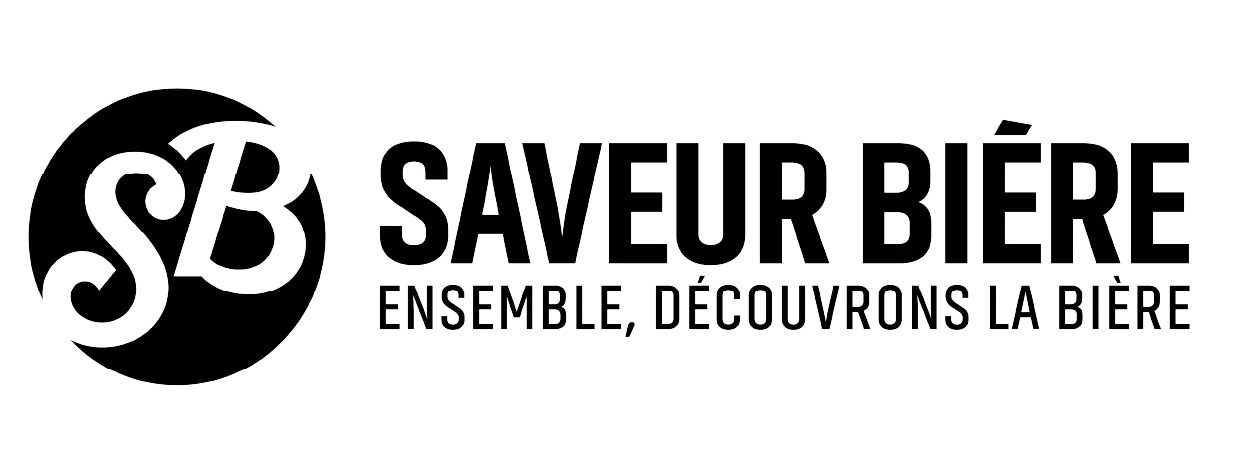Many organizations run on software that was written in technologies that are obsolete or using approaches that are no longer used today. While these may seem like marginal situations, they happen quite often. It is in such cases that the problem of how to deal with legacy code arises.

In today's article, we will look at what it means to work with legacy code, what challenges it brings, and what strategies and tools can make it easier.
What is a Legacy Application?
A legacy application is software that is still in use, but does not meet current standards and is based on outdated or retired libraries or frameworks. The code in such an application is very often unreadable, syntactically obsolete, and very hard to maintain and modify. Maintaining a legacy application leads to a colossal technical debt.
What is Technical Debt?
Technical debt is a metaphor used in the context of software development to mean the accumulation of problems that result from technological choices, inadequate programming practices, lack of overhaul in existing source code, or system infrastructure. This debt causes project delays, increases maintenance costs, hinders scalability, and limits the ability to adapt to market changes.
Bridging technical debt is key to increasing productivity, lowering maintenance costs, increasing flexibility, security, and competitiveness. Improving code and infrastructure quality contributes to customer satisfaction and employee appeal. In addition, it helps keep the knowledge about the system up-to-date.
Legacy Code: How to Deal with It?
Working with legacy code requires considerable experience, and it is rare for this type of task to be outsourced to programmers with little seniority. Since the code in such applications is usually several or more years old, developers with short seniority may have problems with code comprehension and readability, as they are used to simplified and abbreviated syntax. Old code can be unreadable to some extent because it uses outdated syntax, annotations, and data structures.

Upgrade to the Current Version of Frameworks and Libraries
If possible, legacy projects can be tried to "resuscitate" by upgrading the versions of the current frameworks and libraries used. Ideally, it is possible to upgrade outdated versions to current ones. However, this may involve the need to modify the code, as individual frameworks/libraries modify/add/remove their features with new versions. Documentation is very helpful, where you can often find step-by-step tutorials guiding you through the version upgrade process.
Often, the upgrade process has to be incremental. This means that you cannot jump two or three versions of a given framework/library. It has to be done gradually, upgrading the code one version at a time. When everything runs smoothly, we can upgrade the software to the next version.
Code Refactoring
In addition to upgrading the software, you may be tempted to refactor the code. What is refactoring? Code refactoring is the process of restructuring and cleaning up existing source code without changing its behavior from the user’s side. Examples of refactoring include extracting repetitive code into a function, variable, or class, improving variable and function names, removing unused code, or separating overly long functions into smaller and more understandable chunks.
The refactoring process should only take place after the business logic of the refactored piece of code is known and understood. At the end of refactoring, ideally, the output of the system should remain unchanged so that the rest of the system does not need to be modified. If we are lucky and there are tests in the application, in that case, when doing the refactoring, we need to take care that the changes in the code do not cause failures on the tests.
The refactoring process can be carried out as separate developer tasks, if resources and time allow, but you can also apply "The Boy Scouting Rule", which is "Always leave the code you are working on a little bit better than you found it". When carrying out programming work in the form of bug fixes or implementing new functionality, it is worthwhile to be tempted to make changes to the code that will improve its quality, even when they are not related to the task at hand. The smallest change like adding a missing typeface or improving a naming convention is a step forward to offset technology debt.
Apply Reverse Engineering
Reverse engineering involves analyzing code to understand what purpose a piece of code serves and what role it plays in the larger whole. It's a time-consuming method, but one that is required to ensure that the changes you want to make don't contribute to new bugs in the application or disrupt individual processes altogether.
Reverse Engineering is a very important issue when working with legacy code. Often legacy applications do not have any documentation. It can also happen that it is so residual that it will not bring us any relevant information. If the project has documentation can we breathe a sigh of relief? Unfortunately, in legacy projects it is often outdated, so it may ultimately prove useless. For this reason, it is not advisable to trust the documentation unreservedly, as it can mislead through erroneous and outdated entries.
Incorporate Good Practices
Legacy code is very often characterized by losses in quality and readability. All kinds of standards, good practices and design patterns can be helpful in combating this. With their help, we can make the code standardized and more readable for both us and other developers. This makes it easy to involve other developers in working with legacy code at later stages.
A few of the recommended rules and principles include:
SOLID (single responsibility, open/closed, Liskov substitution, interface segregation, dependency inversion),
KISS (Keep It Simple, Stupid),
DRY (Don't Repeat Yourself).
"Ifology" in legacy projects is another common problem. Design patterns such as strategy, chain of responsibility or state, for example, become helpful in combating it.
Is It Possible to Prevent Software Obsolescence?
Working with legacy is not an easy task. It is definitely a more time-consuming process than working with fresh designs built in accordance with popular standards. Unfortunately, any application that is not developed on an ongoing basis will enter a legacy state after a certain period of time, increasing the technical debt and thus increasing the cost of maintenance and subsequent modifications.
That's why it's important not to forget to update and keep your applications in good shape. Leaving them in a stagnant state can lead to aging of the application which will result in it becoming useless or unsuitable for further development.





















